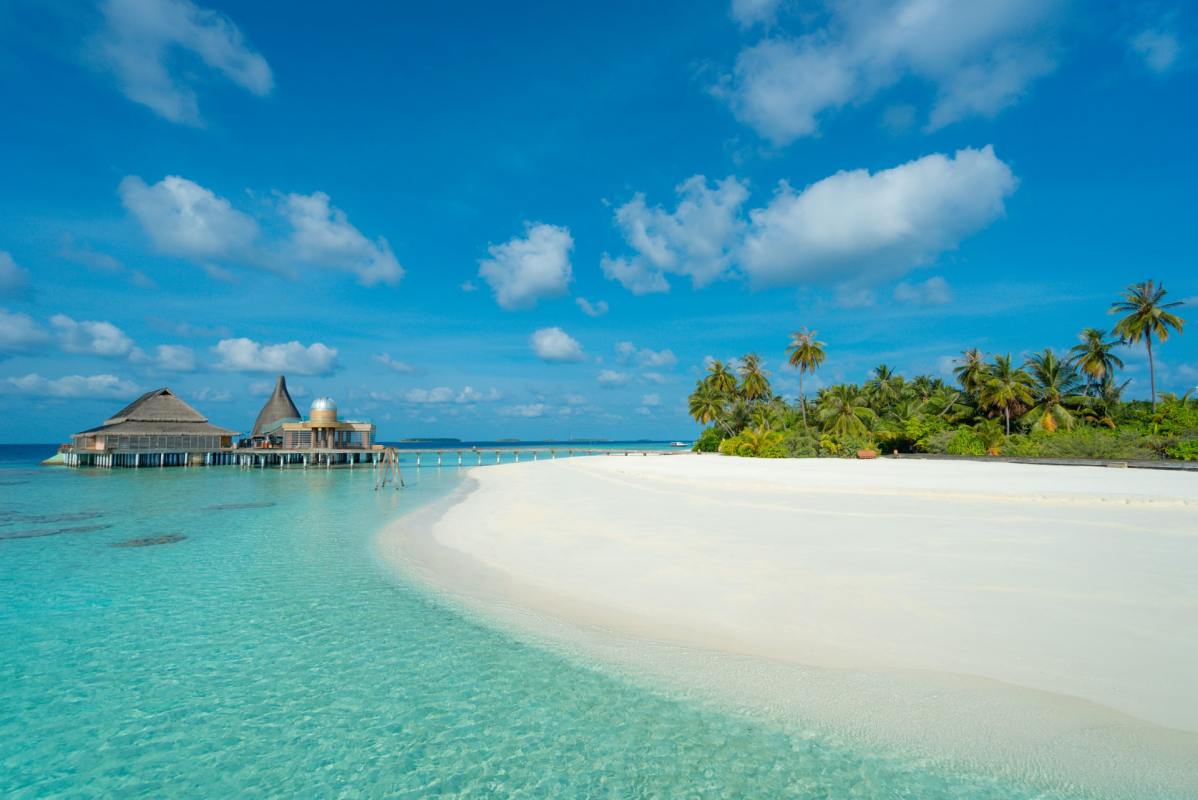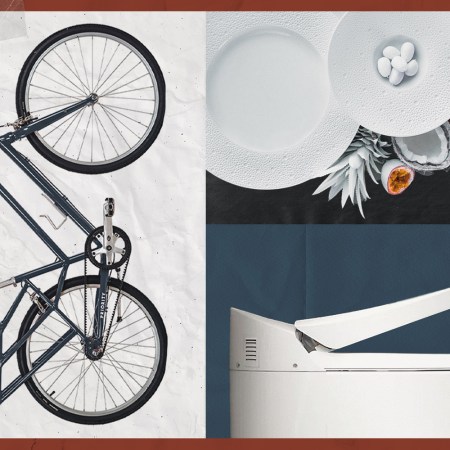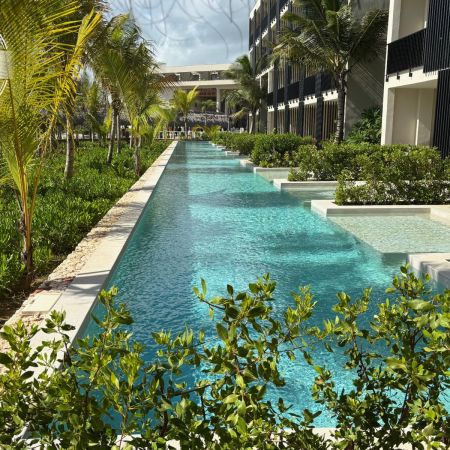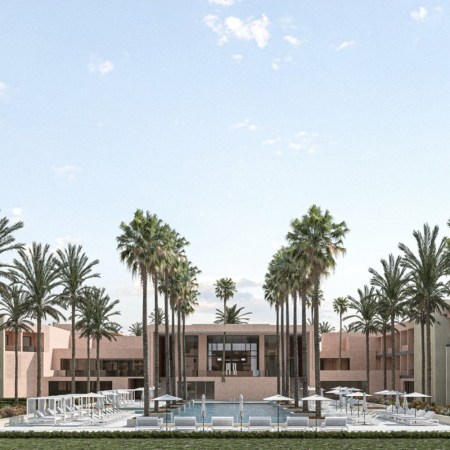Let’s say you’re planning a trip to a tropical island, with stunning beaches as far as the eye can see and clear waters abounding with marine life. Would you prefer to stay in a high-rise hotel or in a bungalow right on the water — perhaps even one you could swim in and out of? If the latter sounds like the perfect option to you, then you’re probably no stranger to the world of overwater bungalows. But how did this peculiar and unassuming design become the go-to model for resorts around the world?
Writing at The New York Times, Mark Ellwood explored the history of this type of building. The article recounts the efforts of 3 American investors — Jay Carlisle, Hugh Kelley and Donald McCallum — with plans to create a number of hotels in French Polynesia in 1959. Kelley came up with the idea to have, as Ellwood phrases it, “a few rooms that sat directly above the lagoon, on piles, joined to the land by a walkway that was set a few feet above the water.”
When this was first built, a night in one such room would cost a couple $30. It became a massive success, and inspired a number of similar projects around the world. Carlisle points to the romantic appeal of the design; the article also points out the way the proximity to the water allows for guests to engage in a host of activities while there, from fishing to simply observing the aquatic wildlife below them.
It’s a concept that’s spread far and wide, from modest fishing huts to high-end waterfront homes. There’s something about being close to the water that appeals to a certain kind of person; with that in mind, it’s not hard to see why these kinds of spaces have resonated with so many people.
Thanks for reading InsideHook. Sign up for our daily newsletter and be in the know.


















